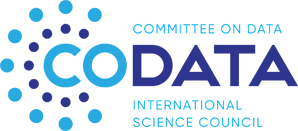The CODATA Task Group on FAIR Data for Disaster Risk Research (FAIRDRR) will be working with the Integrated Research on Disaster Risk (IRDR), the Institute of Remote Sensing and Digital Earth (RADI) of the Chinese Academy of Sciences (CAS), Tonkin+Taylor International, and FAIRDRR partners, to produce a series of policy briefs on disaster risk reduction in 2020. The global pandemic is a powerful reminder of the necessity of the international community’s intensified and sustained commitment to emergency preparedness.
Policy Brief 1: Are we there yet? The transition from response to recovery for the COVID-19 pandemic (May 2020)
The pandemic is unchartered, unprecedented territory for most of us but responding to it is business-as-usual for disaster risk reduction specialists. As the world transitions to recovering from COVID-19, those developing that recovery need support in adjusting and improving their policies and measures. The pandemic will not allow countries to simply transition to the full-scale recovery, instead, a rebound from recovery to response phase is expected for a certain period until the immunization is in place. Pandemics indeed force us to think beyond typical emergency management structures; the cycles of the disaster risk management in the case of biological and other natural hazards are not exactly the same and no one-size-fits-all approach may be used. Still, some parallels may be drawn with the efforts to combat natural hazards and some lessons may be used from previous and the current pandemic. This paper provides a set of policy directions to be considered during the transition towards, as well as throughout, this transition phase. It is suggested that meeting this global, multi-dimensional, and complex challenge will require considerable international collaboration (even convention) and macro-scale changes to global and national policies. The recovery issues are mainly going to be dominated by politics, economics and social science. Necessary for an effective recovery, the pandemic response needs to be a holistic response, combined with an improved data ecosystem between the public health system and the community.
